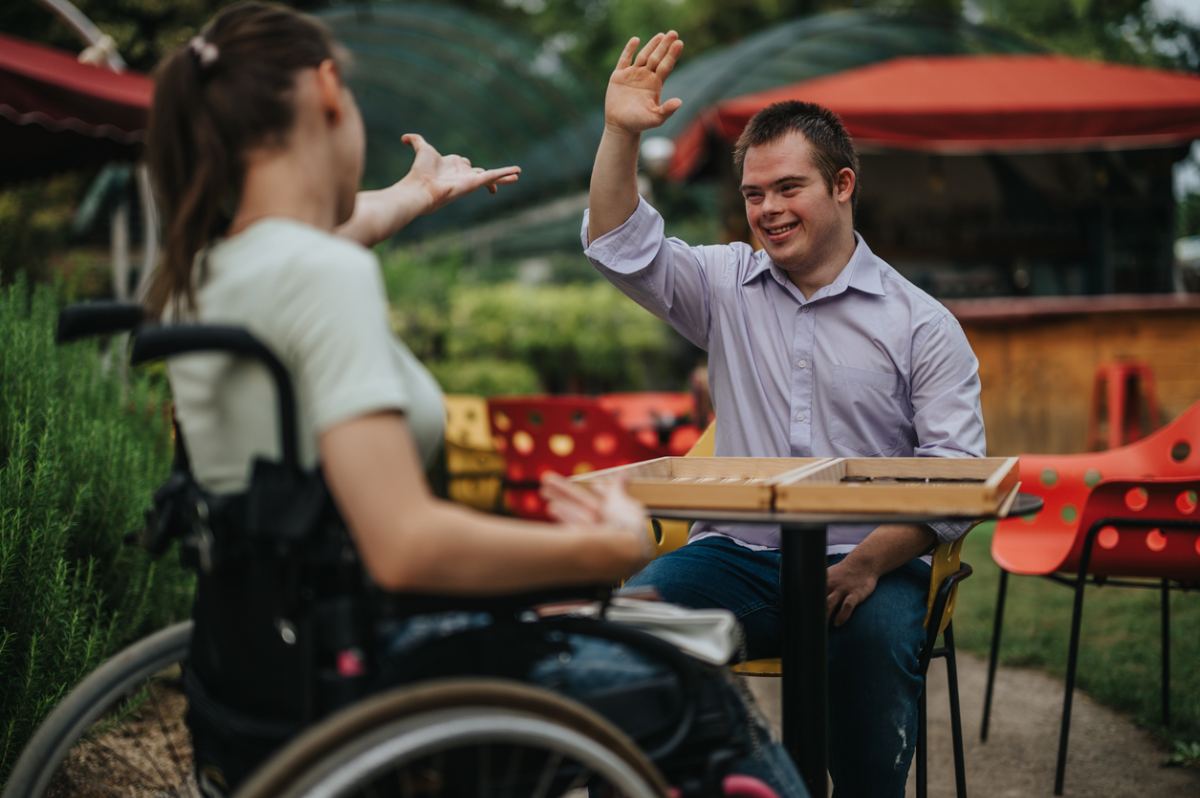Community Health Improvement Plans (CHIPs) are intended to guide communities’ efforts to address public health challenges and reduce health disparities. Though people with disabilities are one in four U.S. adults and face significant health disparities, they remain largely uninvolved and invisible in these critical planning processes.
Recent research reveals a troubling gap: this population - federally recognized as being more prone to health disparities - is often excluded from the very planning processes designed to promote health equity. A pioneering study examining 342 Community Health Assessments and 241 CHIPs from nationally accredited health departments found:
- Less than 25% of CHIPs included goals specifically focused on people with disabilities.
- While 65% of assessments included disability demographics, only 43% acknowledged health disparities in this population.
- No hospital or academic-led CHIPs included disability-specific interventions.
Tom Quade, one of the study’s authors, is also the Senior Director of Health for Special Olympics International, North America (SONA) and a past president of the American Public Health Association (APHA). In a statement to Ascendient, he offered his bottom-line assessment of the situation:
“Inclusive Community Health Assessments (CHA) and Community Health Improvement Plans (CHIP) are essential to the identification and mitigation of health inequities. People with Intellectual and Developmental Disabilities experience the largest negative health disparities in health status, health outcomes, health risk behaviors, and access to health care. The pursuit of health equity depends on the public health system's intentional inclusion of this population.
“I am wholly confident that the successful mitigation of disparities across the social drivers of health for this population will certainly mitigate similar barriers for the entire population.”
Why Inclusion Lags
The research tells us that communities often document the presence of disabilities in the population but fail to translate awareness into action. There are several reasons for this:
- Limited Representation: Only 15.6% of CHIPs included disability partners on steering committees, yet participation proved crucial – those with disability representation had 6.2 times greater odds of including disability-specific goals.
- Siloed Processes: Many health departments conduct their CHA/CHIP process without including local hospitals and health systems. But the research showed that CHIPs developed by mixed community partnerships, including the healthcare sector and others, had 5.0 times greater odds of including disability-specific goals compared to department-only efforts.
- Knowledge Gaps: Public health professionals often lack training in disability awareness and accessibility requirements.
- Resource Constraints: Limited funding exists for disability-inclusive programming, creating cycles of exclusion.
Strategic Solutions
Disability inclusion represents more than demographic representation — it's about reimagining public health through an equity lens. When CHIPs authentically include people with disabilities, they address root causes rather than merely documenting disparities. This requires sustained commitment and cultural change within public health organizations and the communities they serve. A few examples:
- Build Partnerships: Establish ongoing relationships with disability organizations and advocacy groups, ensuring meaningful participation beyond consultation.
- Ensure Representation: Include disability community partners on steering committees from project outset.
- Focus on Priorities: Address key areas like housing, transportation, healthcare access, and nutrition—concrete starting points for inclusion efforts.
- Embrace Collaboration: Mixed partnership approaches consistently produce more inclusive outcomes than isolated efforts.
- Invest in Training: Provide disability awareness education for staff and partners.
Conclusion
The current gap represents both challenge and opportunity for public health leaders. Communities embracing disability inclusion will improve outcomes for people with disabilities while strengthening overall health equity approaches.
As public health evolves toward comprehensive, community-driven strategies, disability inclusion must become standard practice. The evidence is clear: meaningful inclusion of people with disabilities produces more effective interventions for reducing health disparities.
The question isn't whether communities can afford to include people with disabilities — it's whether they can afford not to. Authentic disability inclusion in assessment and planning represents a critical and necessary evolution in public health practice.










